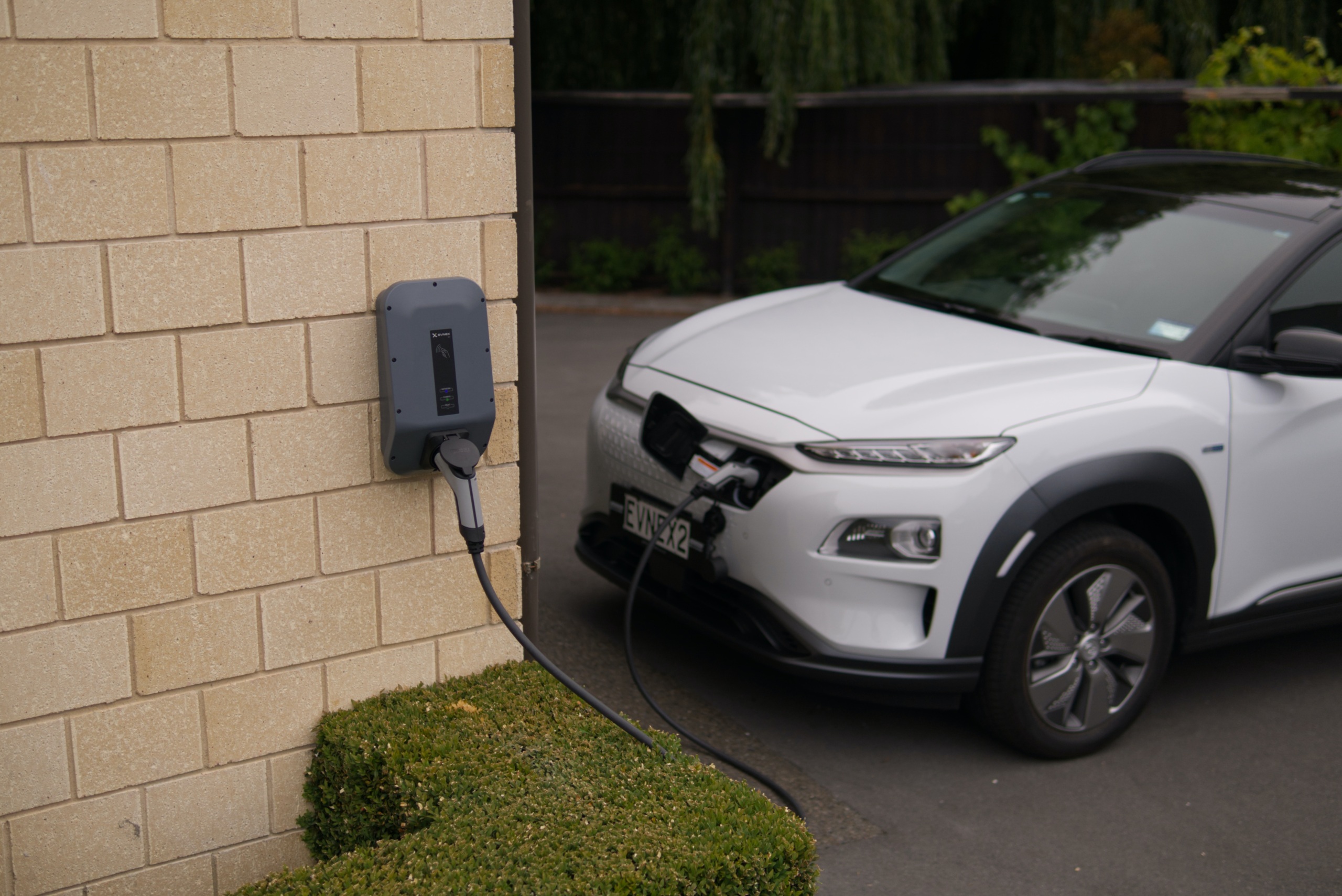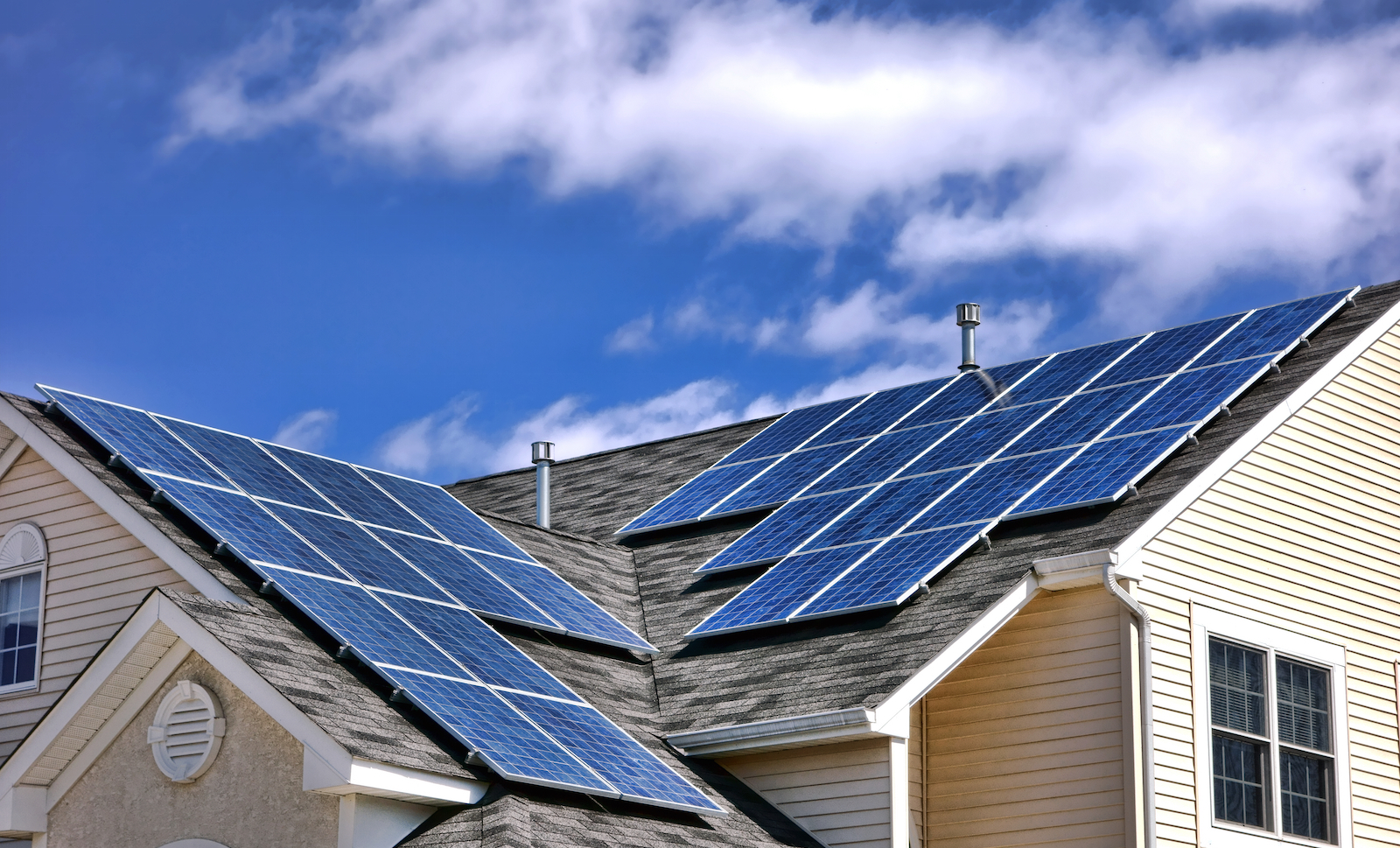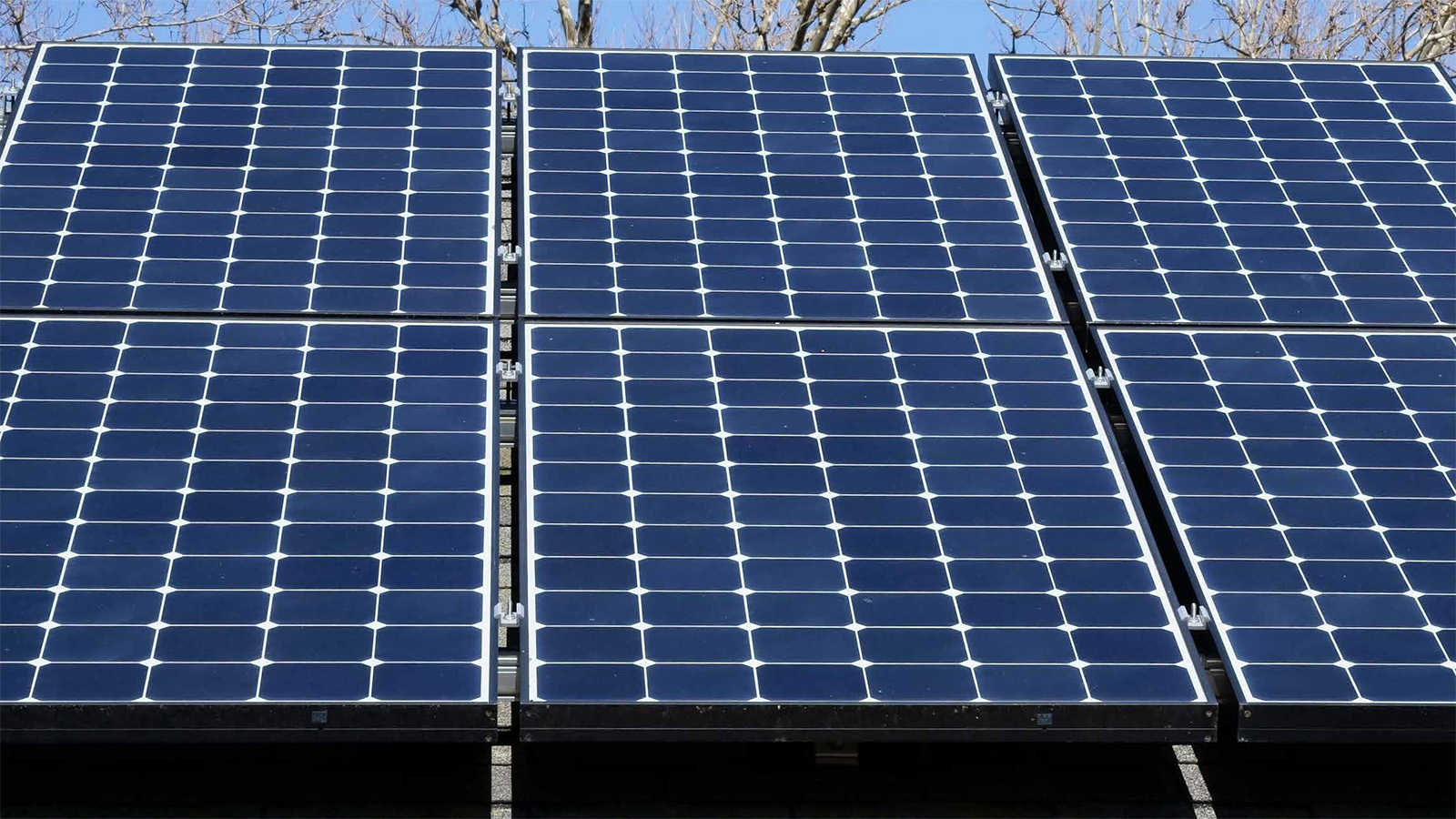
Electric Buildings
How to repower where we live, work and learn with clean energy
To prevent air and water pollution and the worst impacts of global warming, America must move toward meeting its energy needs with 100 percent renewable energy. Getting there will require that we get the most out of every bit of energy we use – and that we end the burning of fossil fuels in our homes and commercial buildings.
Downloads
Executive summary
To prevent air and water pollution and the worst impacts of global warming, America must move toward meeting its energy needs with 100 percent renewable energy. Getting there will require that we get the most out of every bit of energy we use – and that we end the burning of fossil fuels in our homes and commercial buildings.
Wind and solar power are rapidly replacing dirty fossil fuels like coal as leading sources of our electricity. As our electricity grid becomes cleaner, replacing the direct burning of fossil fuels like gas, heating oil and propane in our buildings will reduce climate change and air pollution.
New and improved technologies are putting clean, efficient electric space heating, water heating and appliances within the reach of most American households. Unfortunately, common barriers, including knowledge gaps and high upfront costs, often make the decision to switch from fossil fuels to electricity challenging for many homeowners and businesses.
Local, state and federal governments should take the next step toward repowering America with 100 percent renewable energy by accelerating the transition of our homes and businesses away from fossil fuels and toward electric power. Adopting smart public policies to encourage electrification of buildings, energy efficiency improvements, and installation of distributed renewable energy sources such as solar photovoltaic panels and solar hot water systems can help the nation to achieve the goal of ending the direct burning of fossil fuels by mid-century.
Fossil fuel burning in homes and businesses contributes to global warming and harms our health.
-
Three out of every four American homes use fossil fuels directly for space heating, water heating or appliances. Direct burning of fossil fuels accounts for more than half of all energy used in homes and at least 34 percent of all energy used in commercial buildings.
-
In 2017, fossil fuel combustion in U.S. homes and businesses produced 533 million metric tons of greenhouse gases, accounting for 8 percent of total U.S. greenhouse gas emissions and equivalent to the emissions of over 115 million cars.
-
A 2017 National Renewable Energy Laboratory (NREL) study estimates that full electrification of buildings could cut non-electrical uses of fossil fuels in the United States by more than one-fifth by 2050.
-
Burning fossil fuels within our homes creates indoor air pollution, which contributes to the development of respiratory diseases, heart disease and cancer.
Electric technologies can repower America’s buildings and open the door to renewable energy. Today’s electric technologies can meet nearly all our home and business energy needs – and often do so at a competitive cost and with a fraction of the pollution caused by fossil fuel combustion.
-
Space heating – Electric heat pumps, which pull heat from the air and ground and move it around a building, have improved dramatically in recent years. Geothermal heat pumps function well in all climates, and air-source heat pumps can now function effectively down to -12°F. Air-source and geothermal heat pumps are several times more efficient than gas and oil heating systems and can meet both heating and cooling needs in homes and commercial buildings.
-
Water heating – Heat pump, electric resistance and solar thermal water heaters can all heat water without the direct use of fossil fuels. New technologies are making electric technologies more efficient and cost-effective. Water heat pumps can be up to five times as efficient as a gas-powered water heater.
-
Appliances – Highly efficient electric appliances can replace fossil-fueled versions and are often more effective. Electric induction cooktops are faster, cleaner, more precise and safer than a gas range.
Building electrification often makes sense for consumers.
-
Electric heat pumps are already cost-effective for new construction and for some building retrofits. One study found that heat pump installation during new construction reduced lifetime costs for consumers in several areas of the country – including “cold” climate zones. In these new construction scenarios, consumers opting for heat pump installation over fossil fuel heating equipment can save between $2,000 and $13,700 for space and water heating over a 15-year period.
-
Replacing an existing fossil fuel furnace with an electric heat pump is also financially beneficial in some circumstances. Retrofitting a fossil-fuel furnace is most cost-effective when the fuel being replaced is either propane or fuel oil, and when both the furnace and the AC unit are at the end of their useful lives.
-
Building electrification allows building owners to take advantage of falling prices for clean electricity and benefit fully from installing solar PV panels or subscribing to community solar projects. All-electric homes can meet much or all of their energy needs with solar panels – aiding homeowners financially and creating new opportunities for renewable energy.
Energy efficiency, energy storage and small-scale renewable energy technologies like solar power can help maximize the benefits of electrifying our buildings.
-
Energy efficiency measures – such as reducing heating and cooling loads and installing high-efficiency systems – can save energy, money and ease the impacts on the electric grid from building electrification.
-
Energy storage technologies, such as battery storage systems, energy management systems and demand response appliances enable homes and businesses to match electricity demand with the availability of low-cost, renewable energy.
-
Solar energy systems provide clean, stable, low-cost electricity, which can help offset the adoption costs of all-electric appliances. By electrifying buildings, homeowners and businesses can host more solar capacity, increase the share of solar electricity used on-site, and improve the value proposition of “going solar.”
Common barriers – including lack of knowledge and insufficient incentives – are slowing the electrification of America’s buildings.
-
Contractors are often unfamiliar with current technologies and foster a perception that electric heat pumps and other electric appliances are expensive and unreliable.
-
Many consumers are not aware of improved technologies for electric heating and cooking – such as advanced heat pumps and induction cooktops – that overcome the limitations of previous generations of electric appliances.
-
While falling prices have made electric systems an affordable and sustainable option for new buildings, the high capital costs associated with retrofitting buildings may mean that electrification is not always financially viable without substantial incentives.
-
Some energy efficiency programs offer minimal rebates or incentives for electrification and offer competing rebates for replacement of existing fossil fuel systems with more efficient versions, potentially slowing the transition to technologies that can be truly zero-emission.
-
Concerns about the cost of electrification and about future demand on the grid may lead policymakers to take a “go slow” approach to electrification, despite the long lifetimes of fossil fuel energy systems and the pressing need to move to a 100 percent renewable energy system by mid-century.
Policymakers at the local, state and federal levels should implement policies to accelerate the transition from fossil fuels to clean electricity in our buildings.
-
Ban fossil fuels in new construction. Electric heating and hot water systems are often cost-effective in new construction. Several cities, including San Jose, California, have used building codes to ban new buildings from using gas. Cities should require new buildings to be powered exclusively by electricity and use energy codes to encourage or require the development of zero net energy or zero net carbon buildings, which receive their energy from renewable sources.
-
Implement rebate programs and low-cost financing. To alleviate the high upfront costs of building and appliance retrofits, policymakers should offer rebates, low-interest loans and innovative financing options to homeowners, contractors and builders for electric retrofits.
-
Create and expand tax incentives for electrified buildings. Some tax breaks on the federal and state levels already exist for buildings that are energy efficient and/or utilize electric technology. Several states have implemented property tax exemptions, which exclude any upgrades that homeowners make, such as a geothermal heat pump, from their property value for tax purposes. The expansion of existing tax credits and exemptions, as well as the creation of new tax incentives specifically for the installation of electric technologies, could encourage more building owners to build or transition to fully electric systems.
-
Require transparency about building energy use. Mandatory reporting about the energy source and performance of buildings helps ensure that any investments that owners make to improve efficiency and install electric systems are reflected in the building’s value. Austin, Texas and New York City, among other cities, require that every building complete an energy efficiency assessment and disclose the results prior to its sale.
-
Educate developers, contractors and consumers about options for, and benefits of, electrification. Information is crucial for home and building owners to feel comfortable transitioning to fully electric systems. Government offices at the federal, state and local levels can help fill information gaps by posting materials online, launching public information campaigns, and establishing programs that help owners identify which electric appliances and systems are right for their buildings. Similarly, policymakers should encourage the creation of education and training programs for developers and contractors to familiarize them with modern electric heating, hot water systems, and sustainable design.
Topics
Find Out More


Solar panels: How federal tax credits can help you pay for them

Recording of Rooftop Solar on the Rise webinar



